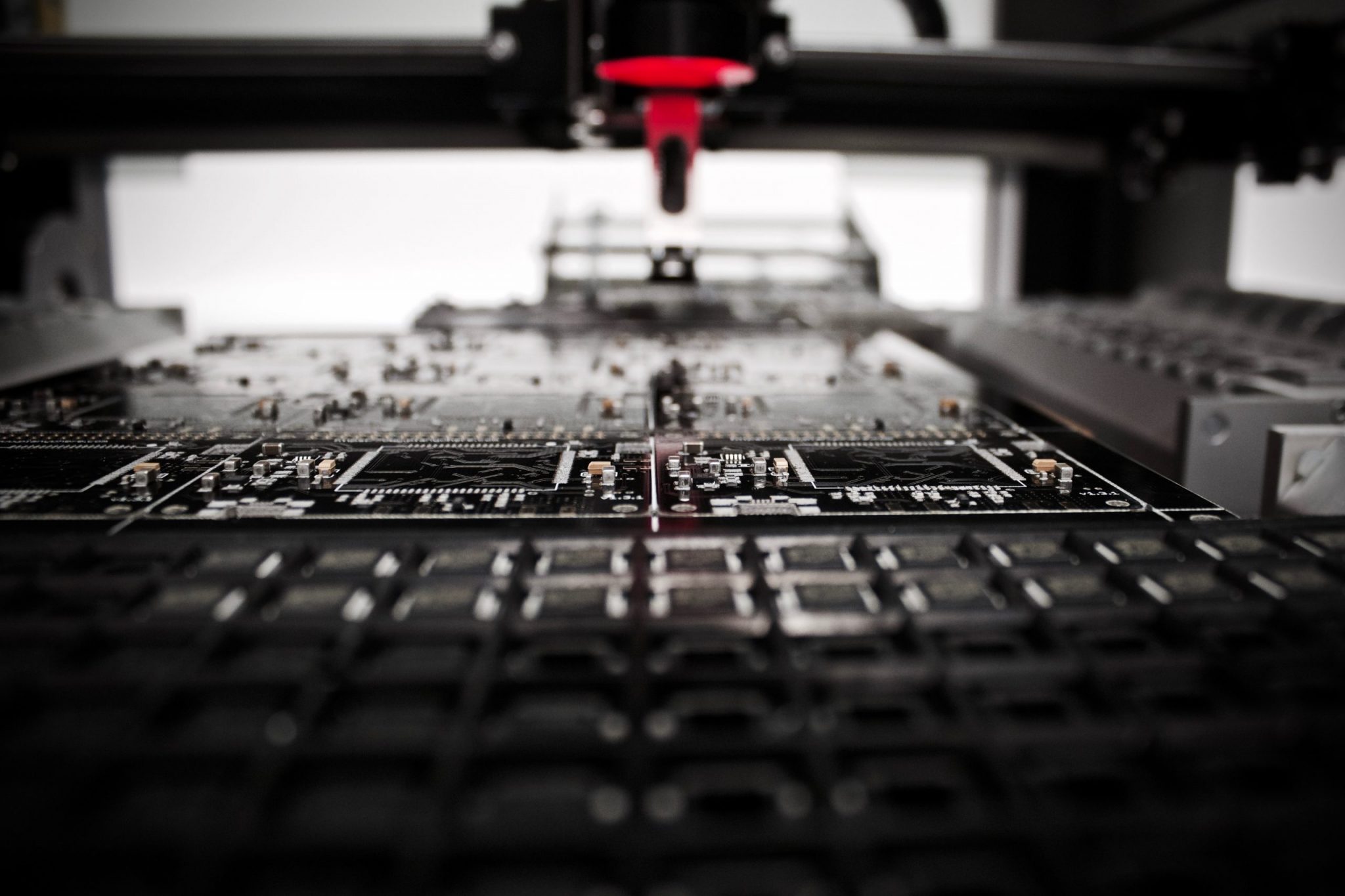Just like all new discoveries, there are always kinks to work out before it can be presented as an effective solution for customers to buy.
That same logic goes for metal casting. Ever since the industry-changing discovery was made, casting porosity has been a problem. Why? Because metal is a hard and sound structure but has a sponge-like internal sector making it porous.
Porosity comes in three forms: through, totally enclosed, or blind. Through porosity stretches all the way through a metal part’s wall of thickness. Totally enclosed porosity is completely isolated within a metal part’s wall thickness. Blind porosity is only connected to one side of a metal part’s wall. It’s not until these castings are machined that the blind and the totally enclosed porosities are opened up, becoming continuous porosity, giving way for leaks.
The thing about porous castings is that it can be caused by a wide variety of things. Whether it’s caused by internal shrinkage or cavitation, it’s something that’s bound to happen at some point because it can be found in any type of metal part or metal casting. Because of that, it’s important to find solutions that can solve that problem.
Attempts of Porous Casting Solutions: A Quick Overview
Rarely do you ever get things right on the first try, so you have to keep trying different methods in order to find the right solution… that’s pretty much the whole basis of trial and error. With porous casting solutions, there have been several attempts and methods used to fill casting porosity openings, especially in metal parts that were designed for holding gas or liquids under pressure.

Sodium silicate was actually one of the first materials used for impregnation… which also began the process of trial and error; today, it might be looked at as generative design. Along with sodium silicate, these other materials were used but ultimately resulted in failure:
- Tung oil
- Linseed oil
- Pitch gum
But even with all the failed attempts, there was still light at the end of the tunnel. After WWII, thermosetting plastics were used as impregnates and quickly became the most effective and economical way to seal porosity in metal castings. Thermosetting plastics worked great in this area because it could withstand prolonged heat in various temperatures and still maintain its strength and shape, according to recycledplastic.com. It was especially effective when combined with impregnation technology like vacuum pressure impregnation.
What Is Vacuum Impregnation?
Vacuum impregnation is the process of sealing of leaks that are usually the result of porosity found in metal castings and powdered metal parts. When the impregnating sealant is a liquid, it fills the openings in the metal casting using vacuum and pressure. The sealant will then be solidified within the voids of the metal part allowing it to be pressure tight.

Why Vacuum Impregnation Is Your Pressure-Tight Solution
It’s known that vacuum impregnation seals parts for pressure applications but it also works wonders on plating and metal finishes, which also extends its tool life. When castings have blind porosity areas, and even continuous porosity areas, if impregnation happens before that casting is plated or painted, its final surface is protected from blistering and bleedout.
In addition to that, vacuum impregnation just enhances a part’s overall quality. It’s a known fact that casting porosity causes leakage problems. Because of that, various testing and inspections are customary to help filter and sort out the bad parts, so to say, while the good parts are sent out for production.

The funny thing about these so-called good parts is that they’re actually just as porous as the bad ones… it’s just that the porosity is blind and it’s not fully interconnected. Whether it’s stress or thermal/mechanical shock, either can break the membrane that keeps the blind porosity from being continuous. With impregnation, porosity is filled from both sides to prevent leaks, even if the membrane is broken… That’s why and how it enhances the overall quality of any metal part.






